Heritage travel rice cooker
Associate Professor, Dr. Nguyen Hong Thuc, Hanoi University of Architecture, highly appreciated the urban architectural heritage resources of Hai Phong. According to her, the French architectural heritage in this city, or in general the urban heritage in Hai Phong, is very fortunate not to have been disturbed or lost much. From there, it can be exploited for heritage tourism. "The urban heritage with French architecture here is the rice pot of heritage tourism", Associate Professor, Dr. Thuc said at the recent scientific workshop "Promoting the value of urban heritage during the French colonial period associated with cultural tourism in Hai Phong".
Dr. Architect Nguyen Quoc Tuan, Phuong Dong University, said that the French Quarter of Hai Phong was formed early (1874 - 1888), it can be said to be the first in Northern Vietnam, at the same time as the French Quarter of Hanoi . Based on the maps, the current French Quarter is the only urban historical center and throughout all periods of Hai Phong City.
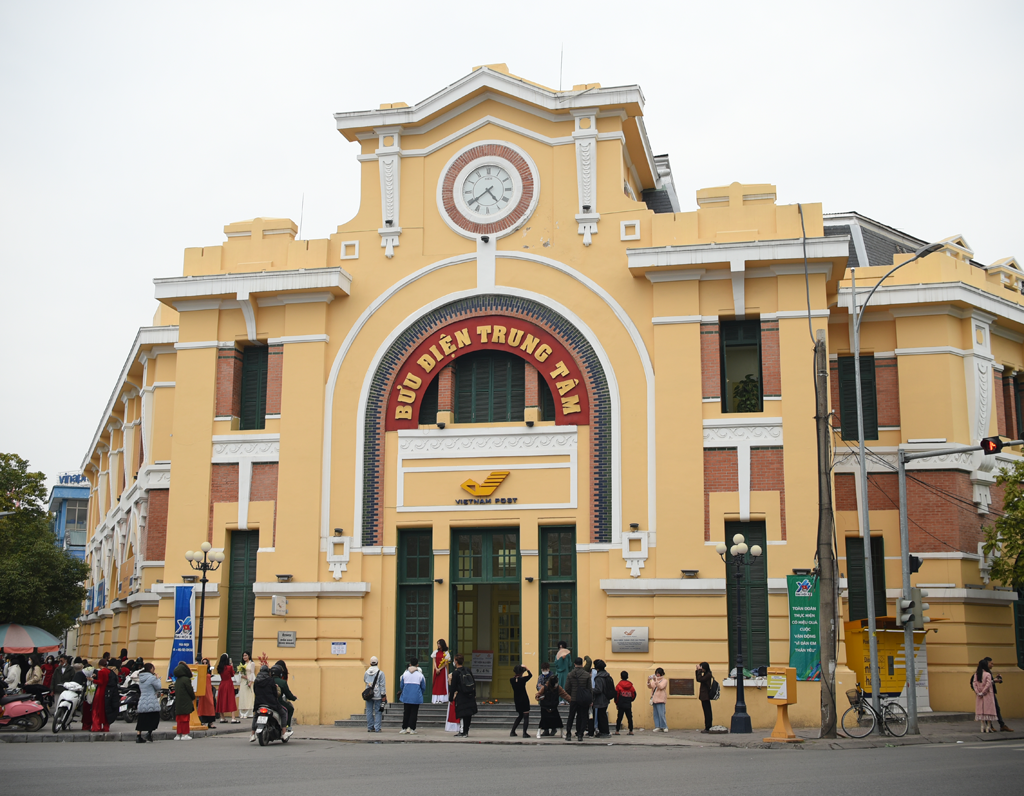
Hai Phong Post Office, a favorite check-in address for tourists
On the other hand, because all the architectural works built during the French colonial period here have been used as the headquarters of the city's government since 1955, the French Quarter of Hai Phong has another great value. That is the integrity of an urban heritage, which has been very difficult to preserve in big cities over the past 100 years.
Mr. Tuan also highly appreciated other resources of Hai Phong city. These are symbolic images, local cultural identity expressed through songs, literary works, plays, paintings - sculptures... about Hai Phong land and people. The city also has many famous names in modern culture - art such as Khai Hung, Hoang Ngoc Phach, Van Cao, Nguyen Hong, Doan Chuan, Tran Van Can. These are resources for the city's famous museums. Another resource is industrial heritage such as old factories, traffic works (steel bridges, dams)...
Dr. Architect Tuan added that the "heritage tourism rice pot" in Hai Phong currently has 3 outstanding products. First, the food tour is successfully exploiting the unique culinary culture in the central area of Hai Phong. Second, the program "Hai Phong - Check in around" introduces visitors to beautiful scenes in the port city with Hai Phong station, City Post Office, State Bank, City Theater and Hai Phong Museum (all are French architectural works). Third, the walking tour "Hai Phong a glimpse of the past" with a journey to explore famous relics and landscapes in the city center.

Hai Phong Opera House with many indigenous cultural features
New advice
Dr. Architect Nguyen Vinh Quang, Phuong Dong University, said that Hai Phong should learn some experiences in exploiting tourism from the urban heritage of many countries in the world. Malaysia is a country that has preserved valuable colonial urban heritage areas and a rich amount of colonial architectural heritage. Among them, George Town, a UNESCO-recognized world heritage, is famous for its historical buildings combining European - Chinese - Malay elements that have been effectively preserved. Another UNESCO heritage is Malacca, once an important trading port, with architecture influenced by Portuguese, Dutch and British colonialism. Tourists really like this cultural exchange.
Dr. Vinh Quang also mentioned that many colonial architectural works in Singapore have been renovated, upgraded and converted into high-class restaurants and hotels for the public and tourists from all over the world to easily access and enjoy. The Clarke Quay area, a bustling 19th-century trading port, has been renovated and restored after a long period of neglect. "The change of Clarke Quay took place rapidly from the 1980s to 2008, with the coordination of the Urban Redevelopment Authority, the Singapore Tourism Board, and private investors. Clarke Quay soon became one of the most attractive places for tourists to visit, entertain and enjoy the heritage," said Dr. Vinh Quang.
For Hai Phong, the research team of Master Nguyen Van Thang, Hanoi University of Culture, believes that we should learn from Clarke Quay's experience to organize the Tam Bac - Cam River junction area. Accordingly, we should organize a strip of night-time economic activities, including food and beverage services, restaurants, bars, with a riverside walking street. On the Tam Bac River, we can recreate the scene of brown sailboats and bustling merchant ships in the memories of many people in the past, now becoming tourist boats, service boats, etc.
The group also gave ideas for other areas such as turning Hai Phong port into a public space. In this space, Sau Kho wharf can be renovated into an art creation center...
They also want to organize a cultural heritage axis with museums, exhibition houses, and art galleries on both sides of the central flower garden stretching from the city exhibition hall to Kim Dong park. These institutions are formed based on the conversion of the functions of some French villas.
For Tam Bac neighborhood, which used to have many unique activities of Vietnamese and Chinese people, the research team proposed developing experiential tourism and food tours. The team suggested considering recreating the River Market model every weekend, where merchant ships were busy exchanging goods on the Tam Bac River like in the early 20th century; it is possible to organize a night market on the streets along the Tam Bac River. Meanwhile, food tours are also proposed to be developed in the Hai Phong station area and some surrounding blocks with the Co Dao market famous for crab spring rolls, crab rice noodles, and famous bakeries on Cau Dat Street.
Source link




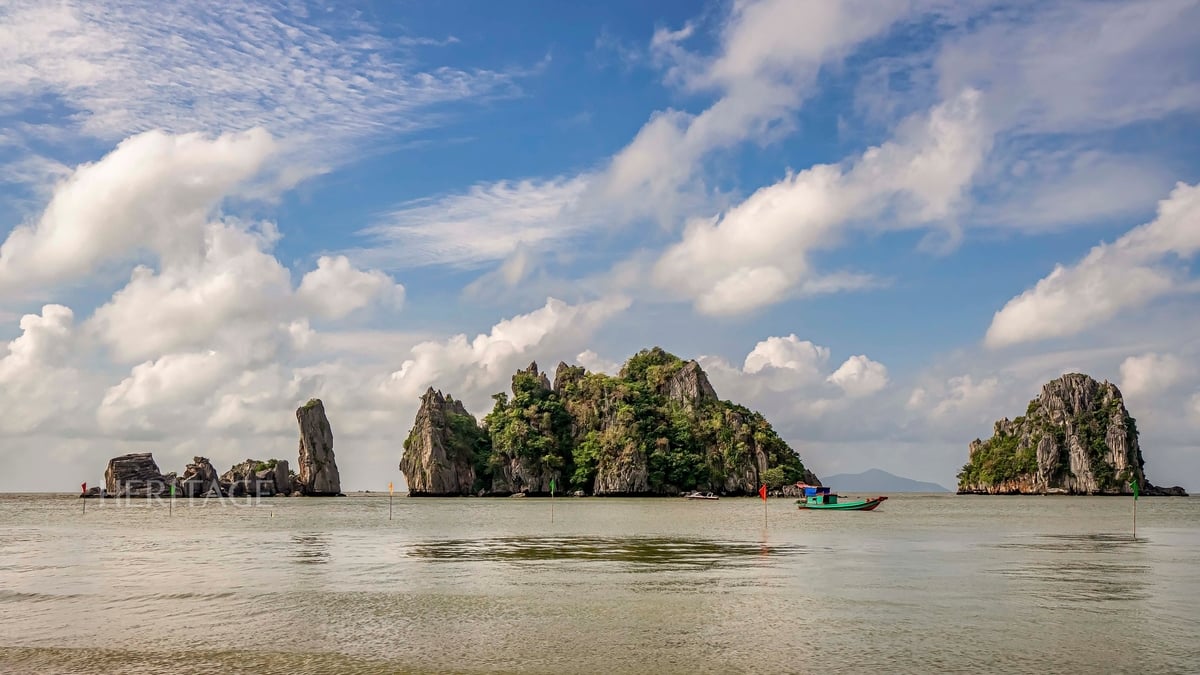
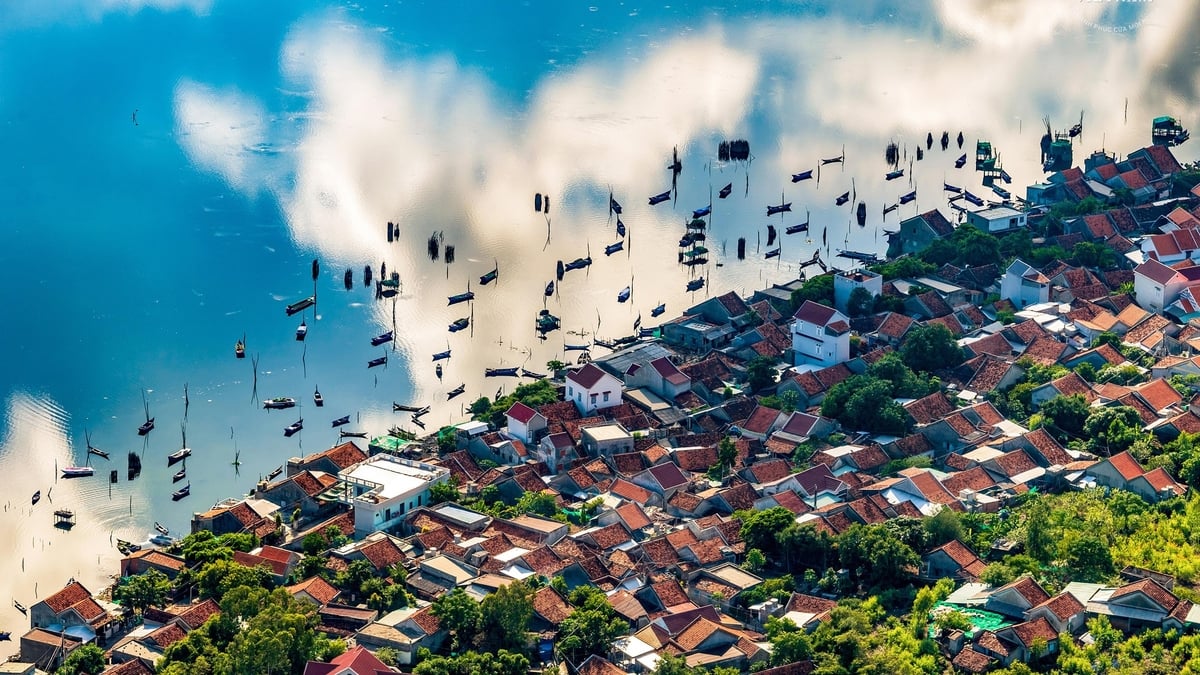




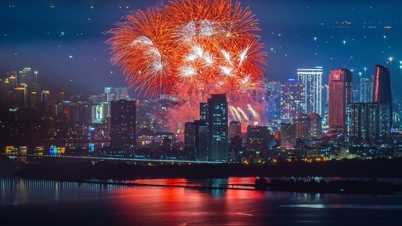

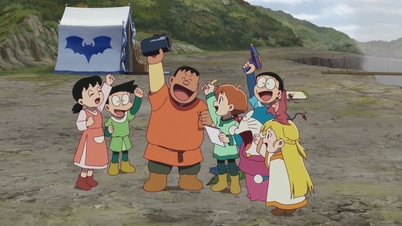



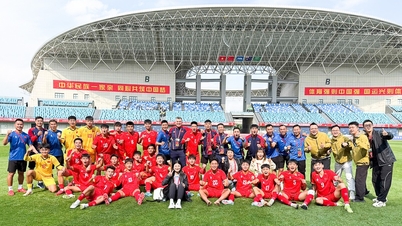





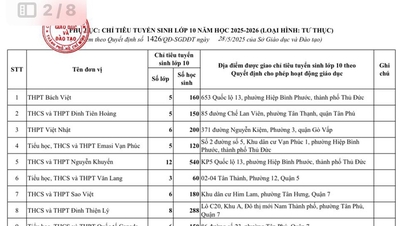

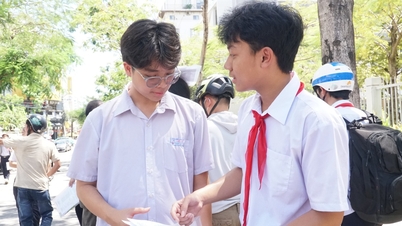

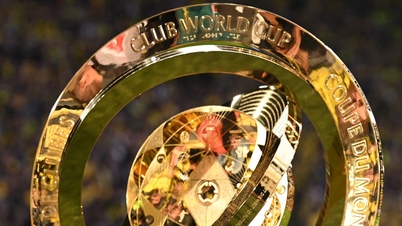









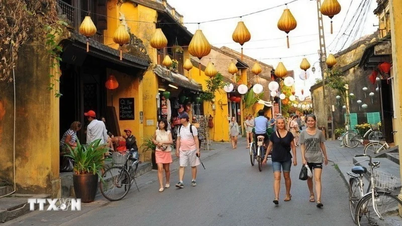

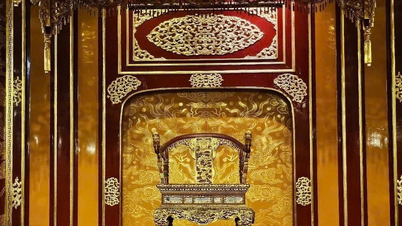

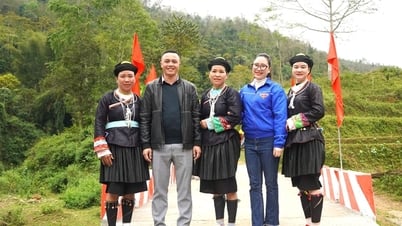

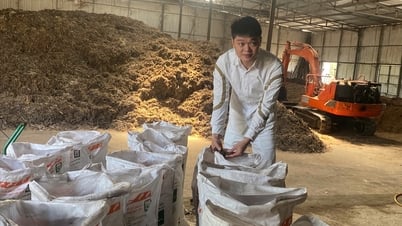











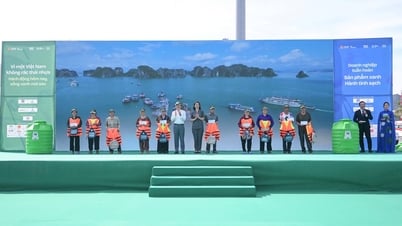
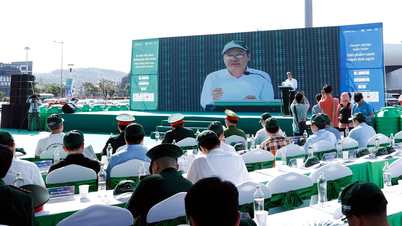
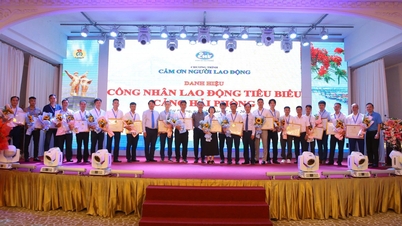






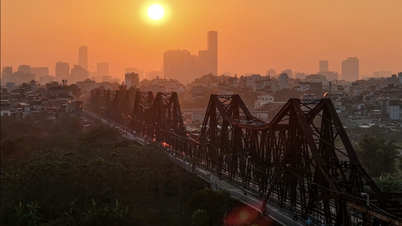




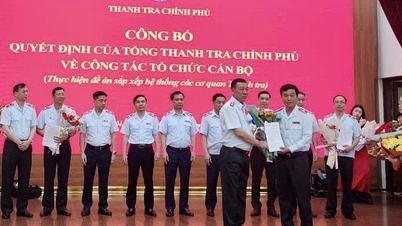


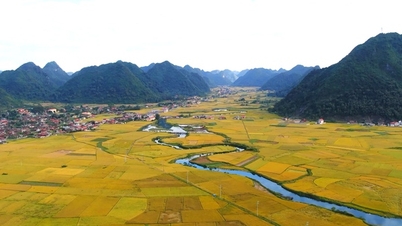
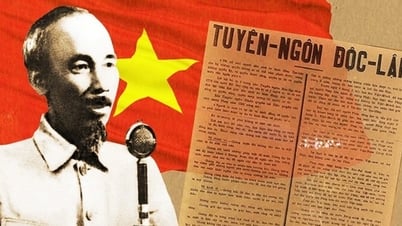
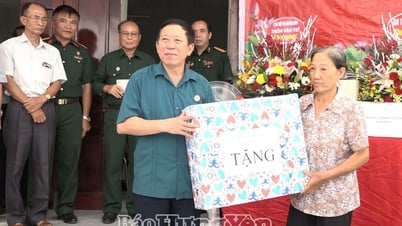

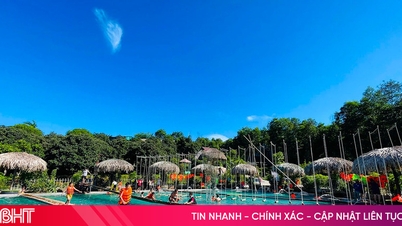



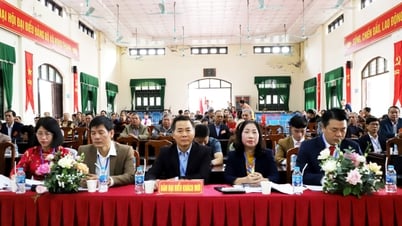
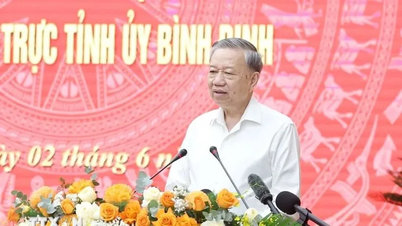
















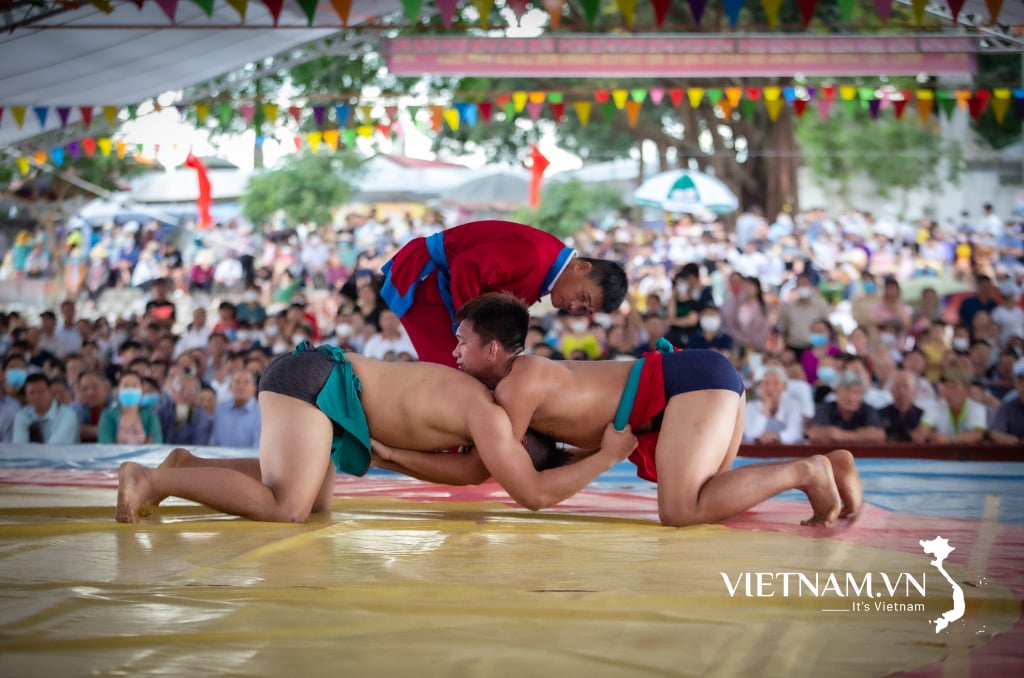
Comment (0)